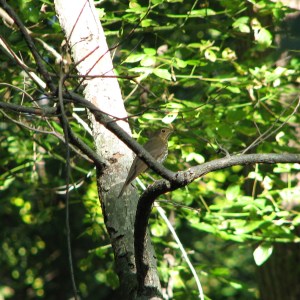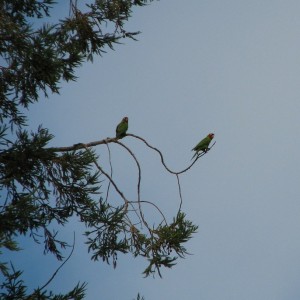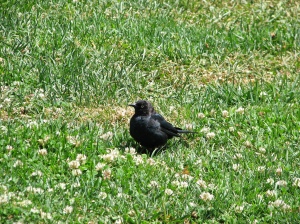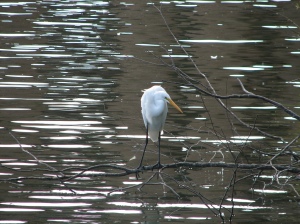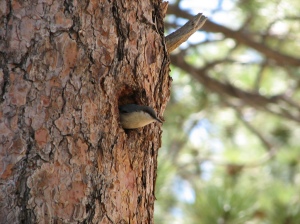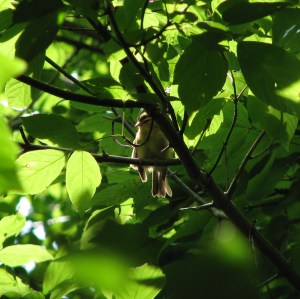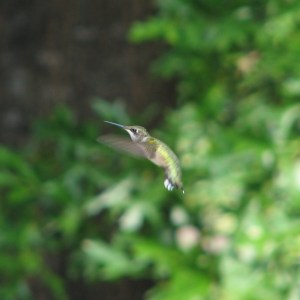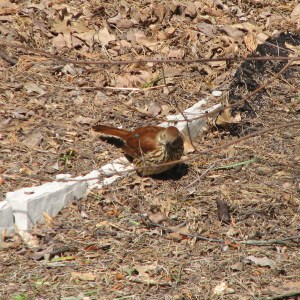Since pretty much every day this week has cracked triple digits on the thermometer, I have stayed indoors as much as possible. I imagine that even if I were to head out to one of the local parks, I wouldn’t see much. So here are some random photos from around town that I took earlier this year that haven’t been blogged yet:
This Yellow-Throated Warbler was singing its heart out at the Broad Ripple Art Center back in April.
So was this much more conspicuous Carolina Wren.
This Chipping Sparrow was hanging out in Holcomb Gardens at Butler University back in April, too.
Back in October, Jaime and I were at the 100-Acre Wilderness of the Indianapolis Museum of Art and saw this Great Blue Heron.
We got a pretty good look at a usually reclusive Swainson’s Thrush that day, too.





